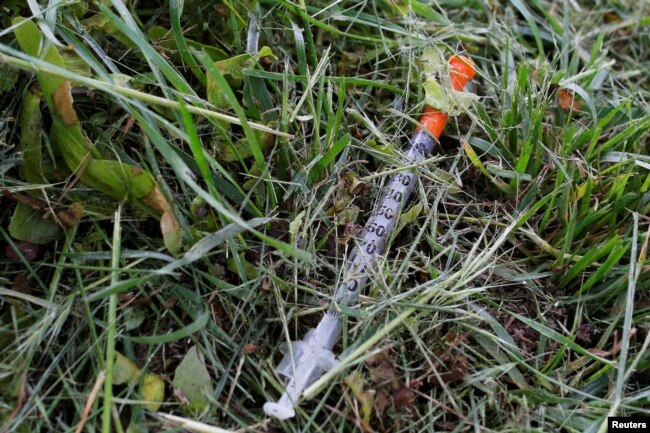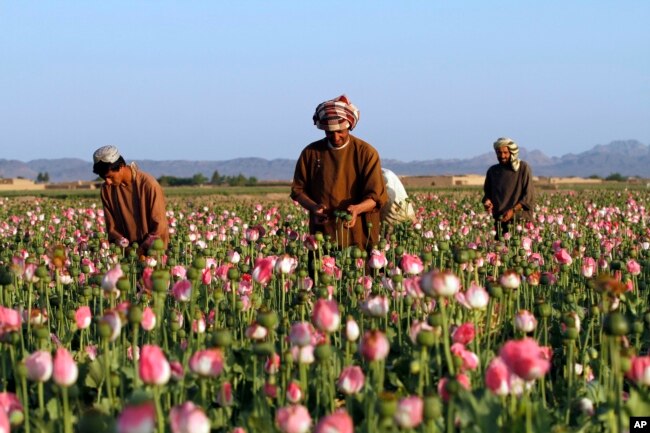WillowTree
Diamond Member
- Sep 15, 2008
- 84,532
- 16,092
- 2,180
No, I live in a stand your ground state!If you would take the time to research the overall cost of the street crime attributed to drug addicts, including the cost of preventive measures (alarm systems, etc.) arrests, prosecution, imprisonment, parole, probation, etc., and compare it with the cost of maintaining addicts in rehab you will be surprised at the difference. The cost of rehab is less than ten percent of the final cost of the crimes addicts commit to satisfy their cravings.Relatively minor cost my ass. If it's minor then ewe pay it.
Right now, as you are reading this, dozens of Americans' homes are being burglarized by junkies who wouldn't be doing that if there was a program available to aid their gradual withdrawal.
Do yourself a favor and research the progress being made in Switzerland and The Netherlands in the way of addict rehab. In both examples there have been dramatic reductions in crime.
Heroin Maintenance and More: Switzerland's Great Drug Policy Experiment - Substance.com
Breaking News, Analysis, Politics, Blogs, News Photos, Video, Tech Reviews - TIME.com
At the bottom line, if your home is burglarized by some junkie, would that affect your thinking about rehab programs?


